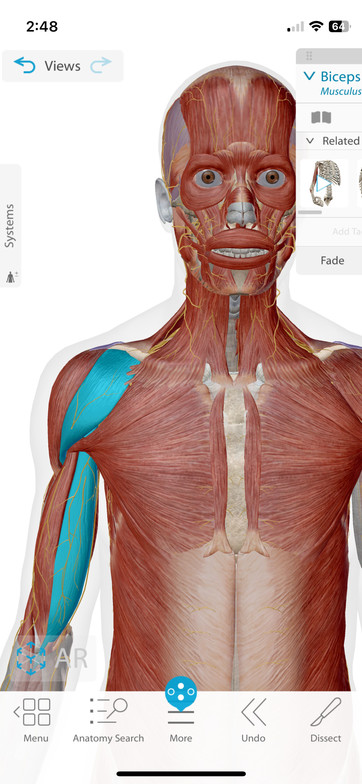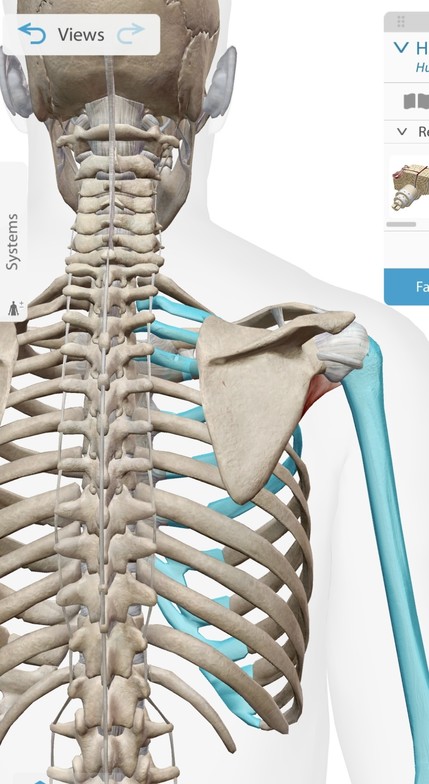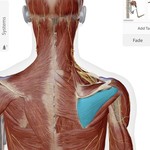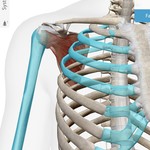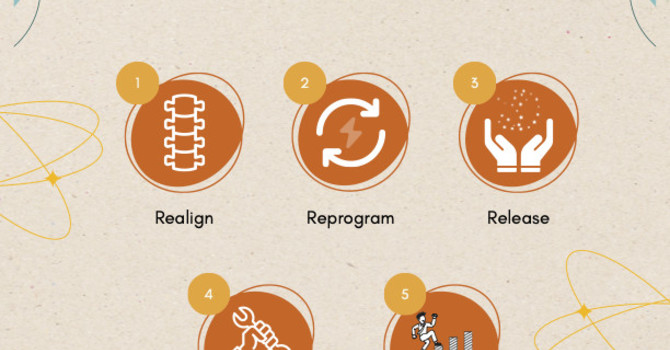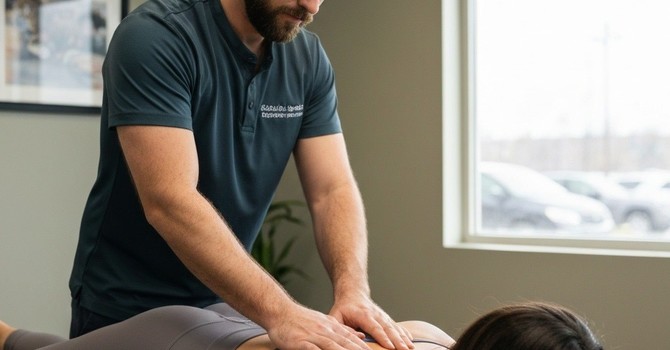Runners, did you know that shoulder and arm mobility plays a huge role in your running performance? Whether you're a sprinter, marathoner, or casual jogger, tight shoulders and poor arm movement can slow you down and cause unnecessary strain. In today’s session, we’re working on a patient who’s both a swimmer and runner, focusing on her shoulder mobility and arm mechanics to help her run more efficiently. Watch as we apply chiropractic techniques to improve her range of motion, enhance her form, and keep her running strong!
In this video (Part 2), I'm addressing the Right shoulder of my Triathlete patient. She presents with some numbness to the front of her shoulder and some experiences shoulder weakness when swimming and running.
I found a weak anterior Deltoid being shut down by an overworking Bicep. An over excited vibratory receptor in the Bicep sends improper signals to the brain, which in turn turns down the Deltoid via a pressure receptor. I also found an imbalance of the Infraspinatus and Subscapularis correlating with pressure and vibratory receptors.
Think of these receptors as movement detectors in a garden or home alarm system. If they are triggered, a signal will be picked up at the alarm center and something will in turn be inappropriately activated as a consequence (such as calling the police).
Once I balance the muscles, I then check the shoulder and rib alignment. Ribs are misaligned in the front by the sternum, along the side angles (think of a bucket handle) and in the back. Once I find them, I can adjust them too.
A full treatment would then assess the entire spine, starting with the cervicals, since the nerves coming from the cervical spine goto the shoulder and arms.
In past treatments with this athlete, I've found inhibited abs, which can affect shoulder function running, as well as low back, thigh and leg imbalances, which can play out as dysfunctional gait when walking and running.
Stay tuned for more!


